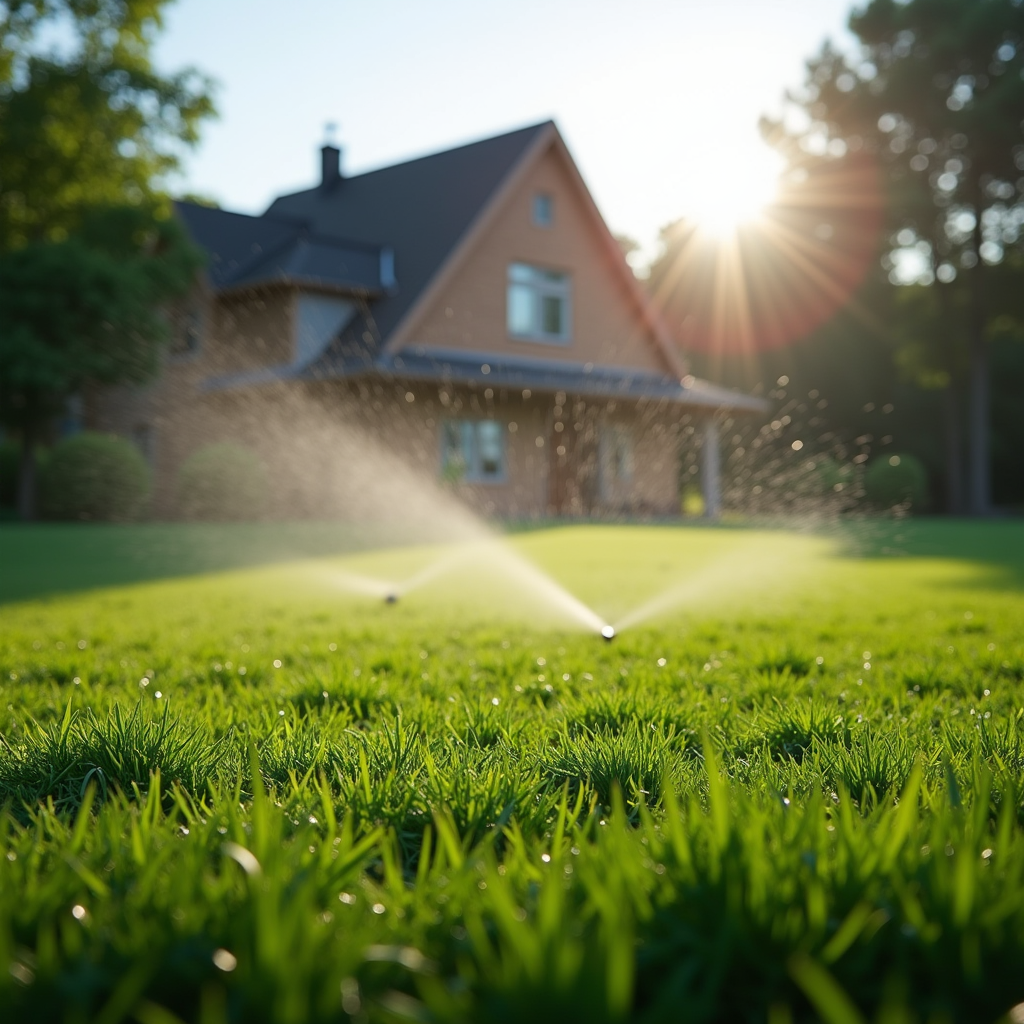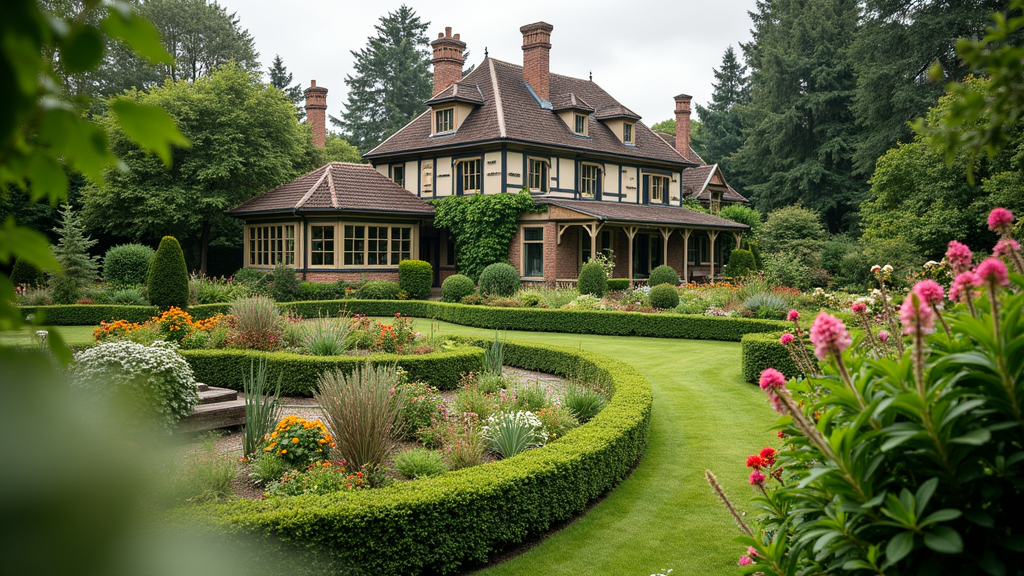Creating a sustainable garden is not just about aesthetics; it’s about making choices that benefit the environment and enhance your local ecosystem. In Stokesdale, NC, where the natural beauty of North Carolina meets community spirit, landscaping can be both an artistic expression and a commitment to sustainability. This guide will delve deep into how you can create a sustainable garden in Stokesdale, encompassing everything from planning and design to maintenance and plant selection.
Landscaping Stokesdale NC: The Importance of Sustainability
When we think about landscaping in Stokesdale, it's vital to recognize the ecological challenges we face today. Unsustainable practices can lead to soil degradation, water shortages, and loss of biodiversity. So, what does sustainable landscaping entail?
What Makes Landscaping Sustainable?
Sustainable landscaping combines aesthetics with environmental responsibility. It involves:
Native Plants: Utilizing plants that naturally thrive in the region. Water Conservation: Implementing irrigation systems that minimize water waste. Soil Health: Enhancing soil quality through organic matter and composting. Wildlife Support: Creating habitats for local fauna.By integrating these elements, your garden not only beautifies your property but also contributes positively to the local ecosystem.
Understanding Local Climate and Soil Conditions
Before diving into planting or design, it's crucial to understand the climate and soil conditions specific to Stokesdale.
Climate Patterns in Stokesdale
Stokesdale experiences a humid subtropical climate characterized by:
- Hot Summers: Average temperatures can reach up to 90°F. Mild Winters: Temperatures rarely drop below freezing. Rainfall Distribution: More rainfall occurs during summer months.
Soil Types in Stokesdale
The soil in Stokesdale typically consists of clay loam. This type offers good fertility but may require amendments for drainage improvement. Conducting a soil test can help determine pH levels and nutrient content.

Design Principles for a Sustainable Garden
Creating a sustainable garden isn't just about planting; it's also about thoughtful design.
1. Plan Your Space Wisely
Start by sketching out your garden area. Consider aspects like sunlight exposure, wind patterns, and existing vegetation.
2. Create Zones
Divide your garden into different zones based on plant needs:
- Sun-loving Plants: Position these in areas that receive full sun. Shade Tolerant Plants: Reserve cooler spots for these varieties.
3. Incorporate Hardscaping Elements
Using materials such as stone pathways or wooden decks not only enhances aesthetics but also reduces lawn areas that require mowing and watering.
Selecting Native Plants for Your Garden
Choosing native plants is one of the most effective strategies for sustainable gardening in Stokesdale.
Benefits of Native Plants
- They require less water once established. They attract pollinators like bees and butterflies. They're better adapted to local pests and diseases.
Recommended Native Plants for Stokesdale Gardens
| Plant Name | Sun Requirements | Bloom Time | |-------------------|------------------|--------------------| | Eastern Redbud | Full Sun | Early Spring | | Butterfly Weed | Full Sun | Summer | | Black-eyed Susan | Full Sun/Partial Shade | Summer | | Wild Bergamot | Full Sun | Mid-Summer |
Water Conservation Techniques in Landscaping Stokesdale
Water conservation should be central to your gardening strategy.

Implementing Drip Irrigation Systems
Drip irrigation delivers water directly to plant roots, minimizing evaporation loss.
Collecting Rainwater
Installing rain barrels is an efficient way to collect runoff from gutters, providing free irrigation water during dry spells.
Soil Management Strategies for Sustainability
Healthy soil is the foundation of any thriving garden.
Composting Basics
Starting a compost pile is an excellent way to recycle kitchen scraps and yard waste while enriching your soil with nutrients.
Mulching Practices
Applying organic mulch helps retain moisture, suppress weeds, and improve soil structure over time as it decomposes.
Pest Management Without Chemicals
Maintaining a healthy garden involves managing pests without relying on harmful chemicals.
Integrated Pest Management (IPM)
This approach combines biological control methods with cultural practices:
Encourage beneficial insects like ladybugs. Rotate crops annually to prevent pest buildup. Use barriers like row covers for vulnerable plants.Creating Wildlife Habitats in Your Garden
A sustainable garden should welcome wildlife rather than https://jsbin.com/lenaculinu deter it.
Birdhouses and Feeders
Adding birdhouses or feeders can attract various bird species that help control pest populations naturally while adding life to your landscape.
Pollinator Gardens
Incorporate flowering plants specifically designed for attracting bees, butterflies, and hummingbirds which are essential for pollination processes within your ecosystem.
Seasonal Maintenance Tips for Sustainable Gardens in Stokesdale
Gardening doesn’t stop after planting; seasonal maintenance plays a vital role!
Spring Preparation Tasks
- Clear away winter debris Assess perennials Plan new growth areas
Summer Maintenance Activities
- Regularly check watering levels Prune dead flowers Watch out for pest signs
Landscaping Stokesdale: How to Create a Sustainable Garden - Conclusion
In conclusion, creating a sustainable garden in Stokesdale goes beyond mere planting—it's about stewardship of the land we inhabit. By implementing native plants, conserving water resources, managing soils responsibly, controlling pests organically, enhancing habitats for wildlife—and continually educating ourselves—we contribute to our community’s well-being while fostering personal enjoyment from our gardens!
FAQs About Landscaping in Stokesdale
1. What are some easy plants suitable for beginners?
Some great beginner-friendly options include marigolds, daylilies, and hostas due their resilience!
2. How often should I water my vegetable garden?
Typically aim for deep watering 1–2 times per week depending on weather conditions; adjust as needed based on rainfall!
3. Can I grow vegetables alongside ornamental plants?
Absolutely! Companion planting can enhance growth while keeping gardens visually appealing together!
4. Where can I find native plants locally?
Local nurseries or extension services often carry diverse selections; you could also consider online resources specializing in natives!
5. How do I start composting at home?
Begin with kitchen scraps (fruits/vegetables), yard waste (grass clippings/leaves) & layer them! Keep it moist & turn occasionally!
6. What is xeriscaping?
Xeriscaping refers specifically designing landscapes that reduce or eliminate need for irrigation by emphasizing drought-tolerant species & smart design strategies!
Creating an inviting yet environmentally friendly space requires dedication but ultimately rewards gardeners with beauty—and harmony—within nature itself! So roll up those sleeves & let’s get started on transforming our landscapes right here in beautiful Stokesdale!